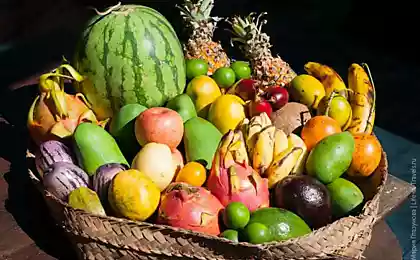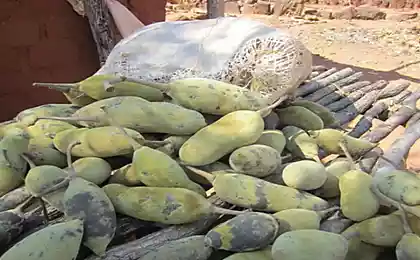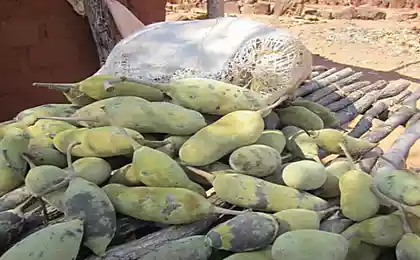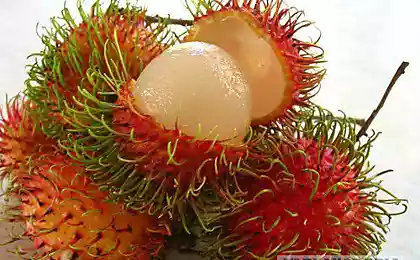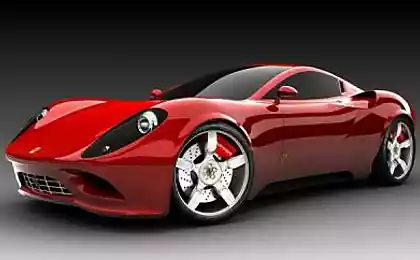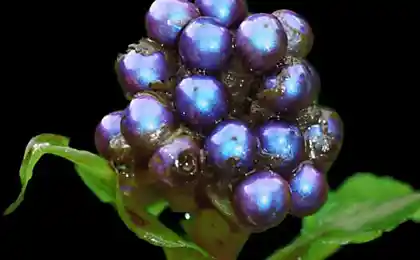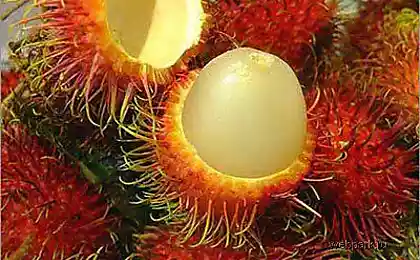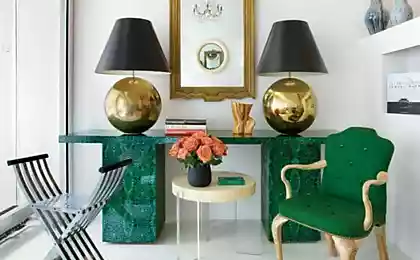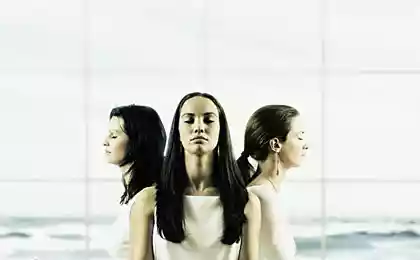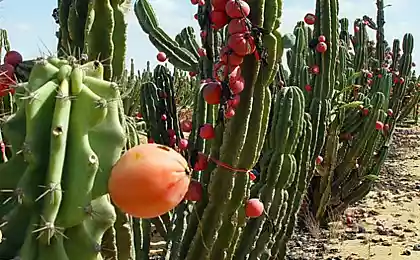788
African fruit Pollia condensata is the brightest color in nature, but it has no pigment

Small fruits Pollia condensata, growing in the forests of Africa, have unusual properties. Their color is 10 times more intense and bright colors all created with pigment. Moreover, the color does not fade with time and is not destroyed by the absorption of light. Pollia condensata retains a bright blue color for years and even decades after the collection.
Intrigued, scientists decided to analyze how this plant produces such a dazzling and stable color. They tried to remove his pigment and found that it does not exist.

When experts studied Pollia condensata at the cellular level, they realized that the fruit has a structural painting - a phenomenon that occurs in the animal world, peacocks, butterflies and scarabs, but it was not known in plants. Scientists have determined that the plant tissue is much more intensively colored than any other study of biological tissue. It represents 30 percent of the world, surpassing the brightness of one of the brightest in the nature of Morpho butterflies.
Most colors in nature are produced by pigments - compounds produced by living organisms that selectively absorb certain wavelengths of light. Thus, animals and plants take on that color, whose wavelengths are reflected.
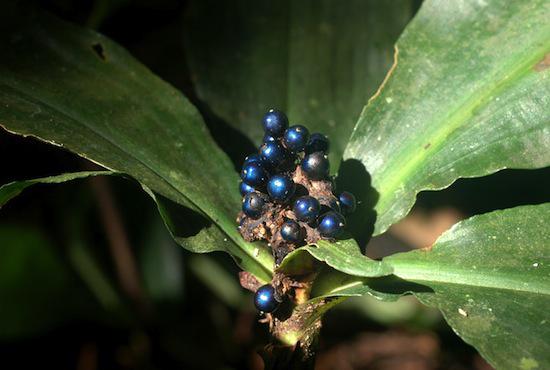
Fruit plants Pollia condensata has a unique structure consisting of several layers of cells, each of which also consists of several layers of cellulose fibers, which are twisted over each other, scattering light and producing a beautiful iridescent blue. Depending on the angle at which you look at the plant, it changes the hue.
via factroom.ru
Restaurants give you free mint gum to calm the stomach, and not for you to freshen breath
Modern men are more valued in women mind than looks
